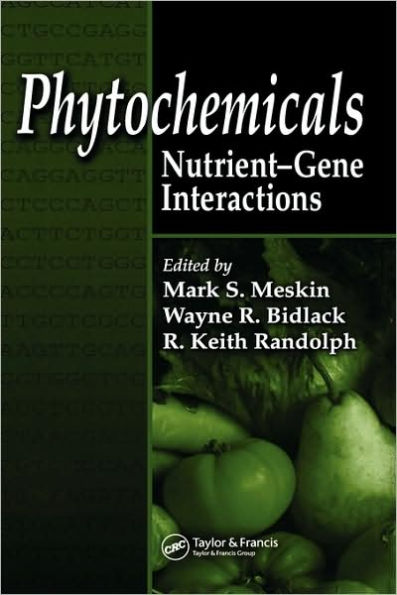5
1
9780849341809



Phytochemicals: Nutrient-Gene Interactions / Edition 1 available in Hardcover, Paperback

Phytochemicals: Nutrient-Gene Interactions / Edition 1
- ISBN-10:
- 0849341809
- ISBN-13:
- 9780849341809
- Pub. Date:
- 02/22/2006
- Publisher:
- Taylor & Francis
- ISBN-10:
- 0849341809
- ISBN-13:
- 9780849341809
- Pub. Date:
- 02/22/2006
- Publisher:
- Taylor & Francis

Phytochemicals: Nutrient-Gene Interactions / Edition 1
$240.0
Current price is , Original price is $240.0. You
240.0
In Stock

Product Details
| ISBN-13: | 9780849341809 |
|---|---|
| Publisher: | Taylor & Francis |
| Publication date: | 02/22/2006 |
| Pages: | 232 |
| Product dimensions: | 6.12(w) x 9.19(h) x (d) |
About the Author
What People are Saying About This
From the B&N Reads Blog
